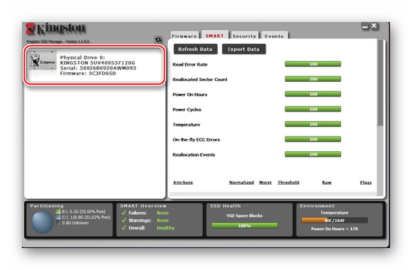
In 2007, Intel, AMD, Microsoft, and PC manufacturers agreed on a new Unified Extensible Firmware Interface (UEFI) specification. Apple chose EFI when it switched to the Intel architecture on its Macs in 2006, but other PC manufacturers didn’t follow. Intel started work on the Extensible Firmware Interface (EFI) specification back in 1998. The BIOS has needed replacement for a long time. It has trouble initializing multiple hardware devices at once, which leads to a slower boot process when initializing all the hardware interfaces and devices on a modern PC. The BIOS must run in 16-bit processor mode, and only has 1 MB of space to execute in. That limitation is due to the way the BIOS’s Master Boot Record system works. 3 TB drives are now common, and a computer with a BIOS can’t boot from them. It can only boot from drives of 2.1 TB or less. The traditional BIOS still has serious limitations. But the BIOS hasn’t advanced and improved nearly as much as other PC technology has since the days of MS-DOS. This allows the BIOS to more easily configure devices and perform advanced power management functions, like sleep. Some extensions were developed, including ACPI, the Advanced Configuration and Power Interface.


Of course, the BIOS has evolved and improved over time. Even MS-DOS PCs released in the 1980s had a BIOS! The BIOS has been around for a long time, and hasn’t evolved much. It’s actually not accurate anymore, since this method has been replaced with flash memory (also referred to as EEPROM) in contemporary systems. This refers to the battery-backed memory where the BIOS stores various settings on the motherboard. You may also see the acronym CMOS, which stands for Complementary Metal-Oxide-Semiconductor.


 0 kommentar(er)
0 kommentar(er)
